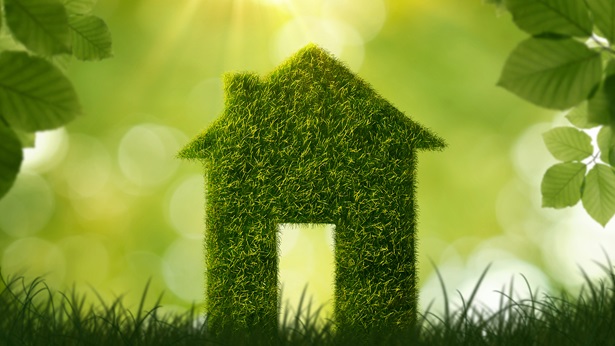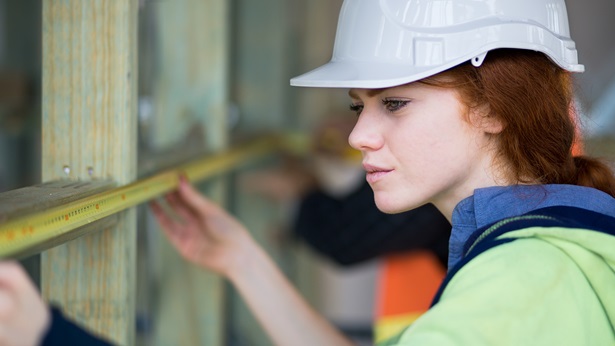Resilient building techniques produce buildings, landscapes and communities designed to better withstand disasters and long-term shifts resulting from climate change.
The benefits of resilient residential design strategies include minimizing risks from natural occurrences (such as hurricanes, floods, earthquakes, fires and tornados). Construction techniques can also be employed so that repairing and/or rebuilding a home impacted by a severe event is simpler and quicker than traditional construction. Siting considerations, as well as design and construction techniques, can make a home better able to withstand extreme weather events and flooding.
Factors that influence the decision to include above-code, voluntary resilient strategies in a home — also known as ‘hardening’ a home — include hazard risk, current local codes, consumer demand, return on investment and weighing any additional construction costs against the potential costs to repair/rebuild.
Hazard risk varies by location — both the type of hazard and the likelihood a home will be impacted. The risk of a catastrophic natural event is location-dependent.
Building codes are a starting point for resilient construction. Your local building code may already include provisions to help homes withstand damage from the type(s) of events most likely to impact your location.
There may be incentives available for including above-code, hardening strategies in a home — also known as ‘hardening’ a home — and/or certifying the home to a third-party program. These include lower insurance rates, more favorable mortgage terms and tax credits. In some markets, a hardened home may have a higher resale value.



